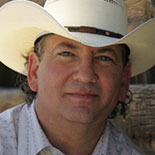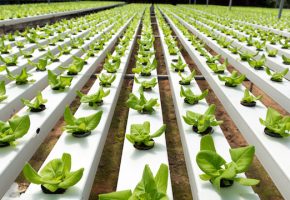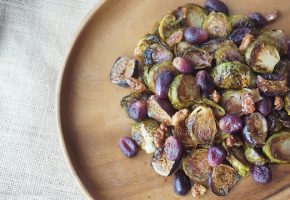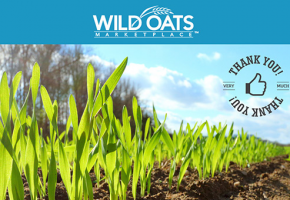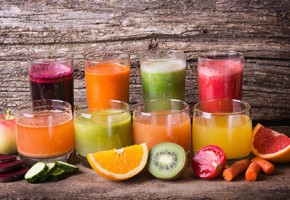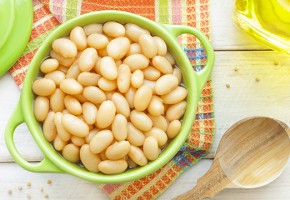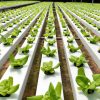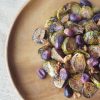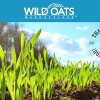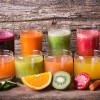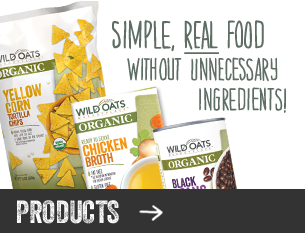Fiber, fiber, fiber… We’re told to get as much as we can into our diet. We’re told it’s good for our heart, will help control our weight and might even help prevent disease. But what is it, where do I get it and exactly how much do I need?! Are you confused about fiber, too?
Well, this is what I’ve found out about this not-so-mysterious dietary necessity. Dietary fiber is the indigestible material in plant-based foods like fruits, vegetables, beans, nuts, seeds, and most whole grains. Unlike vitamins, minerals, protein, fats, and other carbohydrates found in food, fiber is not broken down and absorbed by the body, but passes through the digestive system unchanged, and helps the body eliminate waste products.
Fiber is great if you’re dieting because it can help you feel fuller, longer. But, fiber is essential, whether you’re dieting or not. Because of the way it is used by the body, fiber is helpful for controlling blood sugar levels, which can help manage diabetes. Fiber is also the substance that helps move food through your gut. Without it, you get constipated, which is not only uncomfortable, but down right dangerous! (If you doubt this, just read about how Elvis died!)
There are two types of fiber. Soluble and insoluble. They are both necessary for proper digestion, and can come from the same source, but don’t always come from the same source. Kinda like a little dietary puzzle for you to solve on a daily basis.
The best explanation I’ve ever heard of how to tell the difference betweens soluble and insoluble fiber is (drum roll please!) —an apple. Yup, that old adage about eating an apple a day is spot on. An apple contains both soluble and insoluble fiber, so it is the perfect example of what to eat.
The skin or peel of an apple contains insoluble fiber, which doesn’t get fully digested when eaten. Insoluble fiber is found in the tough skins of foods like potatoes, apples, brans and seeds. It is important because insoluble fiber helps to keep things moving along in your digestive tract, preventing constipation.
The sweet, juicy flesh of an apple contains soluble fiber. Soluble fiber is a gummy substance that attracts water in the intestine and swells, becoming dense. It slows the passage of food through the digestive tract and actually helps to soak up LDL or “bad” cholesterol, which can help control heart disease and stroke risk, as well as control blood sugar levels. Soluble fiber is found in foods like oat bran, whole grains, fruits and veggies.
These two types of fiber work together to keep your digestion running smoothly (Haha pun fully intended!) So it’s important to get enough of each type of fiber each day. The best strategy for getting enough fiber is to eat a variety of whole foods, especially fruits and vegetables.
Although fiber can be found in supplements, it’s best to try to get most of your daily requirement of 20-35 grams from whole foods.
Some good fiber-rich food choices are:
Whole-grain breads, cereals, and pastas
Fruits and vegetables
Brown rice
Dried beans
Oatmeal
Popcorn
Getting more fiber is definitely the healthy choice, but don’t suddenly jump on the fiber bandwagon and ramp up your intake all at once. Go slowly, gradually increasing your fiber each day to prevent side effects like diarrhea, abdominal pain, bloating, and gas.
Adding fiber to your diet is a good idea. It can help you feel full, regulate your digestion and help prevent disease. So, now that you know all the fiber facts, there’s no reason to be confused. You can start reaping all the health benefits of fiber today.

Elizabeth Chatellier, MA, RDN








 Contact us
Contact us




